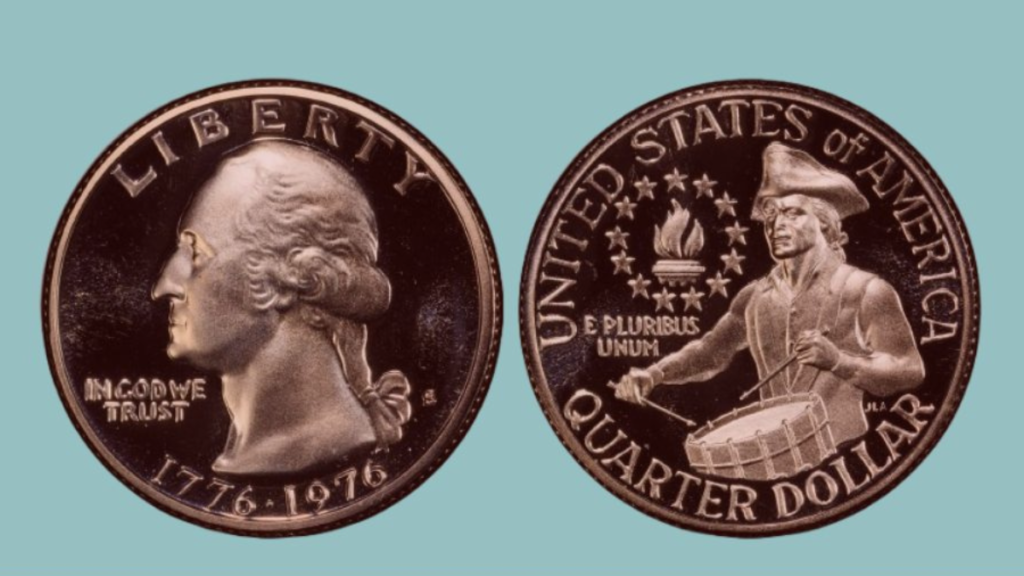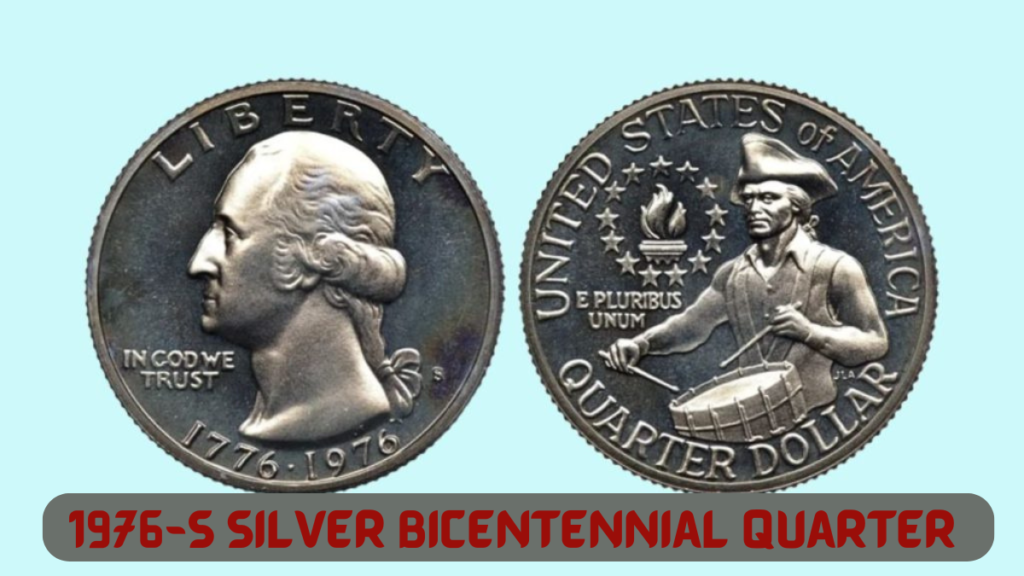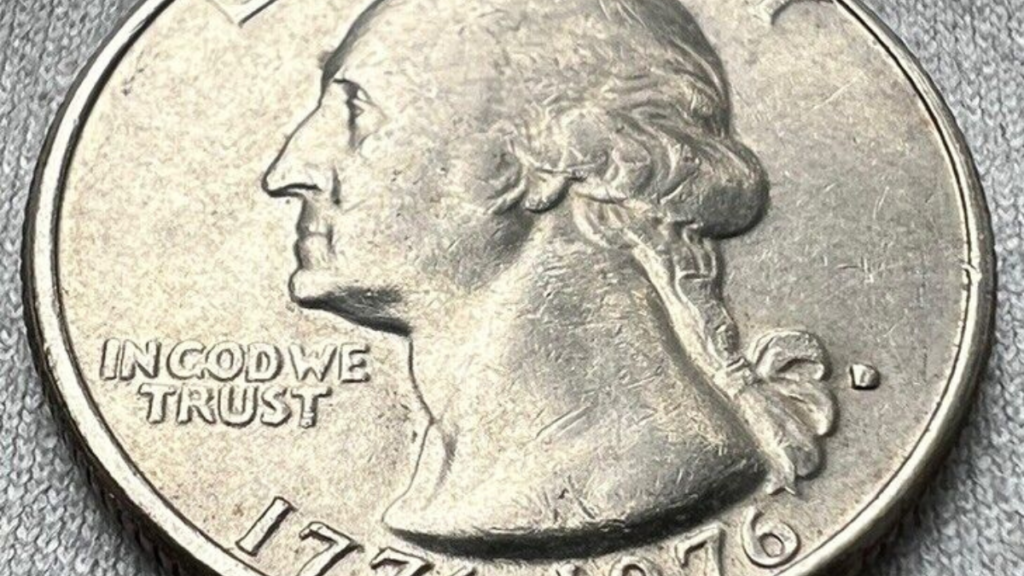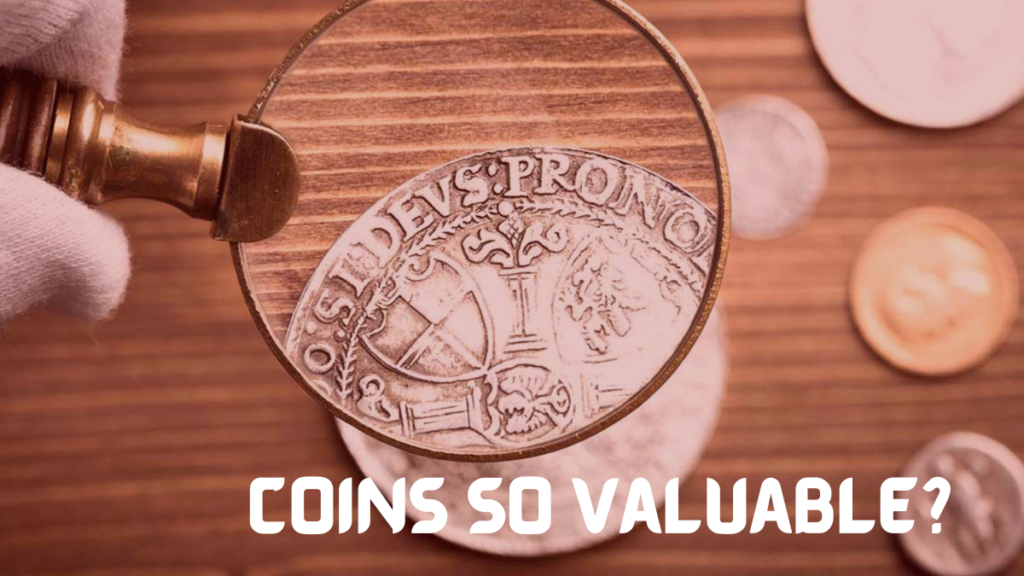What becomes the interest of a numismatist and serious collector for several years in hunting coins is these coins that are sold for fabulous prices because of their historical values, rarity, and uniqueness. One treasure, one of the very interesting and more valuable coins available, was a 1976 Bicentennial Quarter. While most of these quarters are worth face value, there are a few rare high-grade issues and errors as well as unique misprints that can be valued over $5 million each. They are not pieces of metal, but a piece of American history. And when you find one, it changes your life.In this article, we will focus on the 7 rare Bicentennial Quarters which could be worth over $5 million. In this article, we will discover their background and rarity as well as what makes them so unimaginably precious. So, let us dive into the world of coin collecting and see why these quarters are so precious.
The 1976 Proof Bicentennial Quarter

The 1976 Proof Bicentennial Quarter was minted to commemorate the signing of the Declaration of Independence 200 years ago. In itself, the coins have a very collectible look since they have been minted in low mintage as well as a mirrored finish. However, in some instances, specific individual errors like doubling dies or off-center strikes can seriously increase the value of some of the proof coins. For example, in the case of an error coin with a very limited mintage and of high grade, the price gained is over $5 million at auction.
1976 Bicentennial Quarter With Missing Clad Layer
Supposedly, a copper-nickel layer would be the case for this 1976 Bicentennial Quarter’s core. Due to some error during minting the coins, however, many quarters were released without this said layer; this exposed a rare, underlying core. The error is incredibly rare, and if one should stumble upon an exposed core of this coin, it can fetch millions.
1976 Bicentennial Quarter With Double Die Obverse
One of the most exciting and valuable coin misprinting mistakes is the Double Die Obverse (DDO). It occurs when a coin gets double-struck with an off-center second strike, thereby doubling the image of the text or features on the coin.
1976-S Silver Bicentennial Quarter

In addition to the regular quarters, the United States Mint created a special silver version of the Bicentennial Quarter. The set entered sale directly to collectors and on occasion, so many silver quarters are worth orders of magnitude more than copper-nickel issues – with very many available and of good enough quality to blow millions of dollars.In other words, by and large any 1976-S Silver Bicentennial Quarter that turned up with no other apparent problems was highly desired.
Off-Center Bicentennial Quarter
These are considered as mistakes because the coin had not been registered with the strike press at the time of striking, hence getting struck off center. Since the coins are very rare and have an exclusive look, they become highly collectible. No one is an exception to the 1976-D Bicentennial Quarter. An off-center strike refers to a coin which has an unmistakable miss-alignment. As for the error and general condition of the coin, off-center coins such as Bicentennial may be worth millions.
1976 Bicentennial Quarter With Lamination Flaw

Lamination flaws are errors produced during manufacturing. In this process, the outer surface layer of the coin flakes off. The possibility of 1976 Bicentennial Quarter to have coins with lamination errors is very small. Such an error helps in creating texture and appearance on the coin which might make it stand apart from other coins. Depending upon the seriousness and the visibility of the flaw, the currency could fetch millions, even reaching up to $5 million at auction.
1976 Bicentennial Quarter With Amazing Poor Quality
Some collectors will be interested in the condition and quality of the coin itself, while others are interested in the misstrike. In some instances, a 1976 Bicentennial Quarter with an extremely low-quality strike (for example, over-polished, scratched, or otherwise defective dies) can sometimes be worth more than a regular coin. Extremely rare examples with extreme imperfections can be considered “oddities” and will attract the attention of collectors looking for unusual pieces.
Why Are These Coins So Valuable?

The value of these Bicentennial Quarters is derived from the combination of their rarity, demand, and historical significance. Even though the U.S. Mint produced millions of Bicentennial Quarters in 1976 to commemorate America’s 200th birthday, rare errors and unique misprints make some examples worth a fortune. Always on the lookout for coins that feature minting mistakes, collectors want to find pieces that are special and offer a sense of history and uniqueness.
Another great moment in U.S. history is the 1976 Bicentennial Quarter as it marks the country’s bicentennial or its 200th birthday. Thus, coins symbolize American freedom and form a treasured commodity among collectors and those that respect the past.
Conclusion
While the majority of 1976 Bicentennial Quarters are worth only their face value, a small number of rare errors, misprints, and high-quality versions can fetch astronomical prices. If you’re a coin collector, these unique quarters may be the hidden treasures you’ve been searching for. The potential to discover a coin worth over $5 million is an exciting prospect, and it shows that sometimes, the most valuable things are right under our noses—waiting to be discovered.
FAQs
Q.What makes a Bicentennial Quarter worth millions?
A.Certain errors, misprints, or rare high-quality versions of the 1976 Bicentennial Quarter can be worth millions. These include off-center strikes, double die errors, and missing clad layers.
Q.How can I identify a rare Bicentennial Quarter?
A.Look for errors like double dies, off-center strikes, or unusual defects such as lamination flaws. Coins with unique minting mistakes or those in pristine condition are highly valuable.
Q.Are all Bicentennial Quarters valuable?
A.Most Bicentennial Quarters are worth only face value, but rare error coins or limited edition versions, such as silver proof coins, can be worth much more.
Q.How do I sell a rare Bicentennial Quarter?
A.To sell a rare coin, have it appraised by a certified numismatist or auction house. High-value coins are typically sold through professional dealers or at specialized coin auctions.





